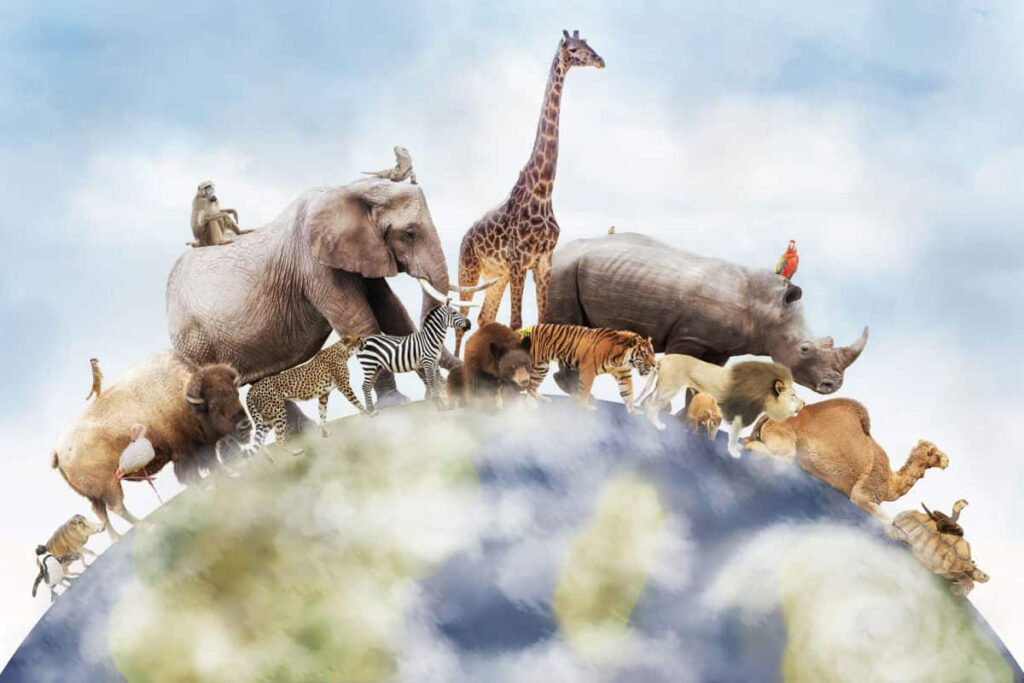Of course, the mentioned number is not fixed. Researchers describe 14,000 to 18,000 new animal species every year. In 2011, University of Hawaii biogeographer Camilo Mora and colleagues estimated the total number of eukaryotic species on Earth. They reached the final number of 8.7 million, of which 7.7 million were animals. Half of this amount were insects, which is very surprising. This article was very influential and is still widely referenced.
But calculating the total number of species that have ever lived requires a deeper look into the past and the fossil record, which has its own challenges. Life appeared on earth about 3.7 billion years ago, but the first living animals were actually simple living cells; 1.4 billion years later, multicellular life developed on Earth. Animals probably evolved around 800 million years ago.
Few early animals are preserved in the fossil record. The reason for the lack of fossil evidence is that soft-bodied species are rarely preserved in the fossil record, and even hardy species fossilize under certain conditions. In addition, plate tectonics slowly and steadily creeps over the Earth, erasing ancient artefacts, bones and rocks.
According to the standard estimate, 99.9% of the species that have ever lived on Earth are extinct, but this is a crude estimate. Assuming that this estimate is correct, we must multiply 7.7 million by 100%, and thus the total number of animal species reaches 770 million; But how to calculate the total number of animal species that have ever lived on earth? This number will definitely be shockingly huge.
Planet Earth is home to 8 billion people. Among them, the number of mammals reaches 130 billion, birds 428 billion, fish 3.5 trillion, and the number of insects reaches 10 quintillion (one with 18 zeros).
If we assume that the current abundance has been constant throughout history, we can conclude using the relative proportions of the 7.7 million species present. For example, if there are currently 3.85 million species of insects on the planet, the number of species in the past is 385 million, and to get the total number, this number must be multiplied by 10 quintillion, which is 27x10x3. 85 insects are obtained.
Since insects are so ubiquitous, the amount obtained above is not too far fetched. It can be estimated that the number of other arthropods, invertebrates and vertebrates that lived on earth is equal to: 4.5x10x27.
However, why should we go to the trouble of calculating the total number of animals that have ever lived on earth? Simply put, scientists need these statistics to understand baseline biodiversity and its fluctuations. Due to conditions such as climate change, deforestation, pollution and other criteria, the earth is moving towards mass extinction, and to understand the scope of the current crisis, we need to know the historical rate of extinction. There are already hundreds of species that are disappearing and unfortunately we still don’t have the chance to find out their nature.



